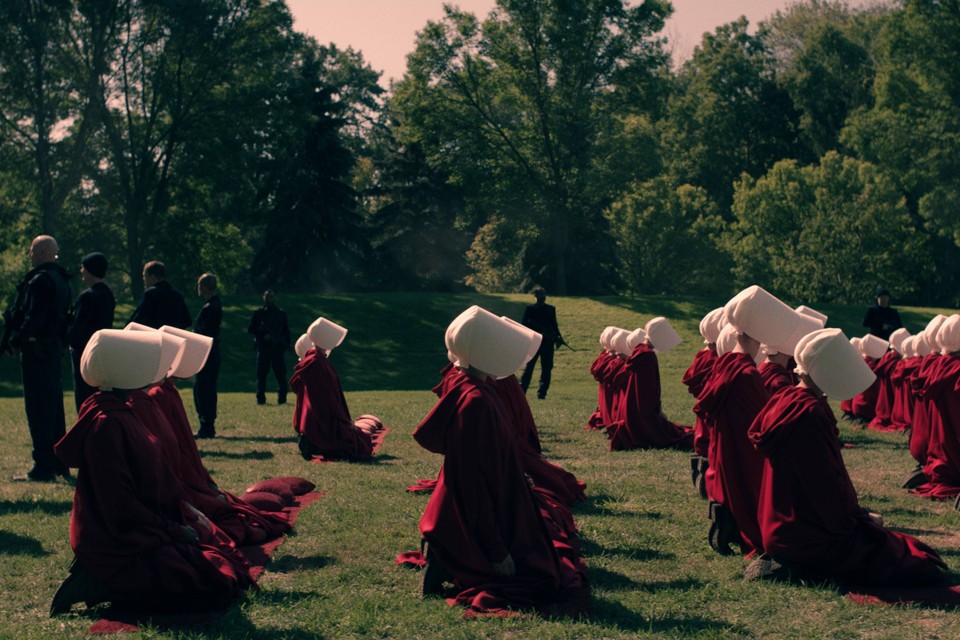Undoubtedly, one of the most disturbing happenings amongst humans, mass shootings bring much fear and confusion to our society. Many theories exist surrounding why they occur, but as we get to know these occurrences, we are able to better diagnose the cause. In July of 2011, a Norwegian man named Anders Breivik single-handedly killed seventy-seven people, most of which were children (Knausgaard). The questions of how and why a person such as Anders can do something like this are what fuel Karl Ove Knausgaard’s article titled, “The Inexplicable.” Knausgaard details the events which unfolded on that day in 2011 and allows for the reader to see what drove Anders. Knausgaard gathers that Anders acted as he did simply for attention—to make a name for himself. Now that this murderer has grasped the attention of the media and his country, he continues to sicken the public with his carelessness; as the author explains, each time the public reads his name or thinks of what he caused, Anders gets the attention he so wants. Knausgaard explains that in order for a human to do something so devastating and have no regard thereafter, this person must acquire much distance to all. This is the necessary distance for an otherwise healthy-minded individual to find contentment in killing seventy-seven people, all for the sake of a public image (Knausgaard). Knausgaard concludes that with nobody to steer him in the right direction, Anders did what he did; just like others will do as Anders did so long as the culture we live in allows for such distance to be obtained. I thoroughly agree with Knausgaard’s ideas of why and how Anders and other mass-murders are able to commit crimes of this magnitude, as well as the author’s views on the unintentional and violence-perpetuating aspect of the media after such an instance.
Why would a human single-handedly kill seventy-seven other innocent human beings? What would motivate a person to commit such a gruesome crime? In order to secure a future for humanity where these kinds of massacres do not happen, it is crucial that we not only ask the questions but also understand the answers. As much as I would like to believe otherwise, Anders’ main motivation for the killing of seventy-seven individuals was attention—he only wanted to be seen (Knausgaard). More evidence of his craving for attention surfaced during his interrogation and even after his sentence. Shortly after all of the killing while in an interrogation room with authorities, Anders first addressed his concern that he might die of dehydration being that he took multiple over-the-counter drugs earlier in the day. As if that was not enough for him, he soon after brings attention to a five millimeter cut on his finger and again says he could die if it is not tended to; he presumed the cut was from a fragment of skull during a close-range murder (Knausgaard). Anders’ lack of concern for the lives he had just taken could be due to adrenaline or whatever drugs he took prior; but as Knausgaard explains, Anders continues to be undisturbed by his acts for many years after the incident. Earlier this year, for example, Anders displayed his intent to sue the Norwegian government regarding his prison circumstances; more specifically, he wanted to sue because of the fact that the prison did not supply ergonomic pens and did not upgrade to the latest gaming systems (Knausgaard). Anders was a social reject much like other murders of this magnitude and it was eating him away long before he acted on it. There is much to be learned as a society about cases of alienation and how this is what the result can be. Anders is just one unfortunate example which we can use to better understand the human need for attention and socialization in order to prevent this from happening again in the future.
While it may be conceived that the media plays a harmless role in instances such as the one in Norway, that is not so; in fact, the media may be doing more harm than the murderer. How might that be, you ask? Having already taken a look at what motivated Anders during his killing spree, the answer is quite prevalent. Giving Anders attention is like adding fuel to the fire, and the media acts as a bridge that lets the general public know what is going on. As the media talks about Anders’ crime and attempts to belittle him, the crime still remains and the only person gaining satisfaction is the criminal (Knausgaard). One might say, who cares if Anders gets the attention he wants, he is imprisoned regardless. Those who are spawning deadly ideas for some air time of their own, care. This type of media coverage lets potential mass-murders know what they have to do in order to get the attention they so desire. Not to mention it feels completely wrong to allow an offender like Anders to get something they want—aside from basic human needs. The worst part about the extensive media coverage after the Norway massacre is what happened to the victims. Each fatality remains a number, a part of the seventy-seven murdered that day, while Anders Breivik makes headlines (Knausgaard). On the surface, the media looks like an informational source, which is not a bad thing for those who want information. Beneath the surface, as we have seen here, the media can also act as an unfortunate and unknowing motivator of the immoral and even deadly.
There is one important question that remains though; how did Anders get to the point in himself where killing people seemed like a good means for attention? By some measure, Anders was not who he wanted to be. He felt estranged and completely detached from other humans and, as a result, he gained substantial emotional distance from them (Knausgaard). Anders found the space in society where such distance could be granted and he cultivated the rotten fruits thereof. Remaining in this space, he grew a larger nonentity of society until eventually he needed to be seen. Once the communal aspect of a society is stripped, the accomplice has less regard for life outside of one’s own. Anders had felt ignored and belittled without any recognition which is when he decided to make a name for himself; and nobody was there to convince him otherwise (Knausgaard). This mental distance which Anders found in order to kill those people is exactly the distance soldiers must find in order to come to terms with taking lives, seeing their enemy as objects rather than people (Knausgaard). Anders makes a great example, but he is certainly not the only one; there have been many in the past and there will continue to be more until a solution is applied.
It is often said that distance makes the heart grow fonder. In the example of Anders and likely many other murders, distance seems to do just the opposite; it seems to put the heart in a deep freeze. How might we help fix a deeply frozen heart? I am no cardiologist, but in order to give function to a cold heart, we need to supply some warmth. If we were to treat other humans as friends rather than strangers, I believe these crimes would become rare. Even if you do extend a helping hand to a completely sane individual rather than one who might feel as an outcast of society, it certainly will not do either of you any harm. Part of me feels bad for murders like Anders because there was a time in his life where a little human compassion could have saved Anders and the seventy-seven lives he took. A simple smile on the subway could have saved seventy-eight from doom—Anders included.
In our culture, a mental distance has been discovered in which one no longer feels part of society. It is this mental distance which makes the universal wrong that is murder seem acceptable. Those who find themselves somewhere in this new space seem to turn to a side of society which was not before known of. They may commit murderous acts just as Anders Breivik did for the attention and status it brings them, with no real regard for the damage being done. As if these crimes were not enough, our media covers the events in an obsessive manor over the criminal rather than the victims which essentially perpetuates it all. The beauty of it is, we all have the power to try and stop people from becoming alienated by society; and it can begin with only a smile.
Knausgaard, Karl Ove. “The Inexplicable.” The New Yorker. Trans. Kerri Pierce. N.p., 25 May 2015. Web. 29 Oct. 2015.




